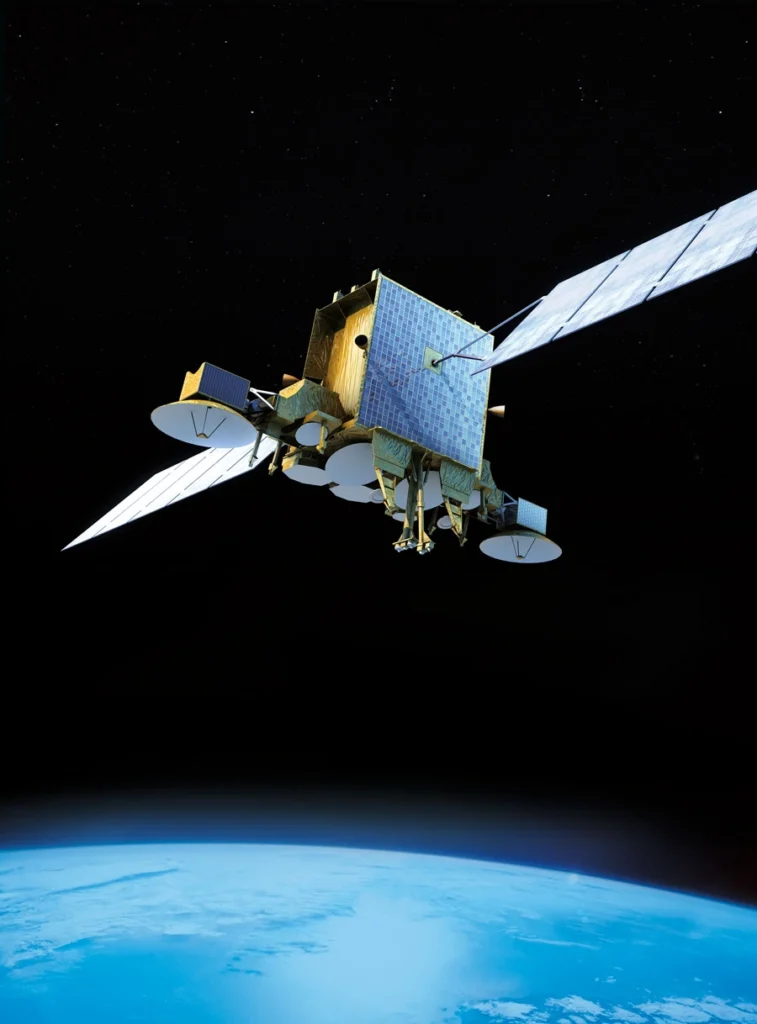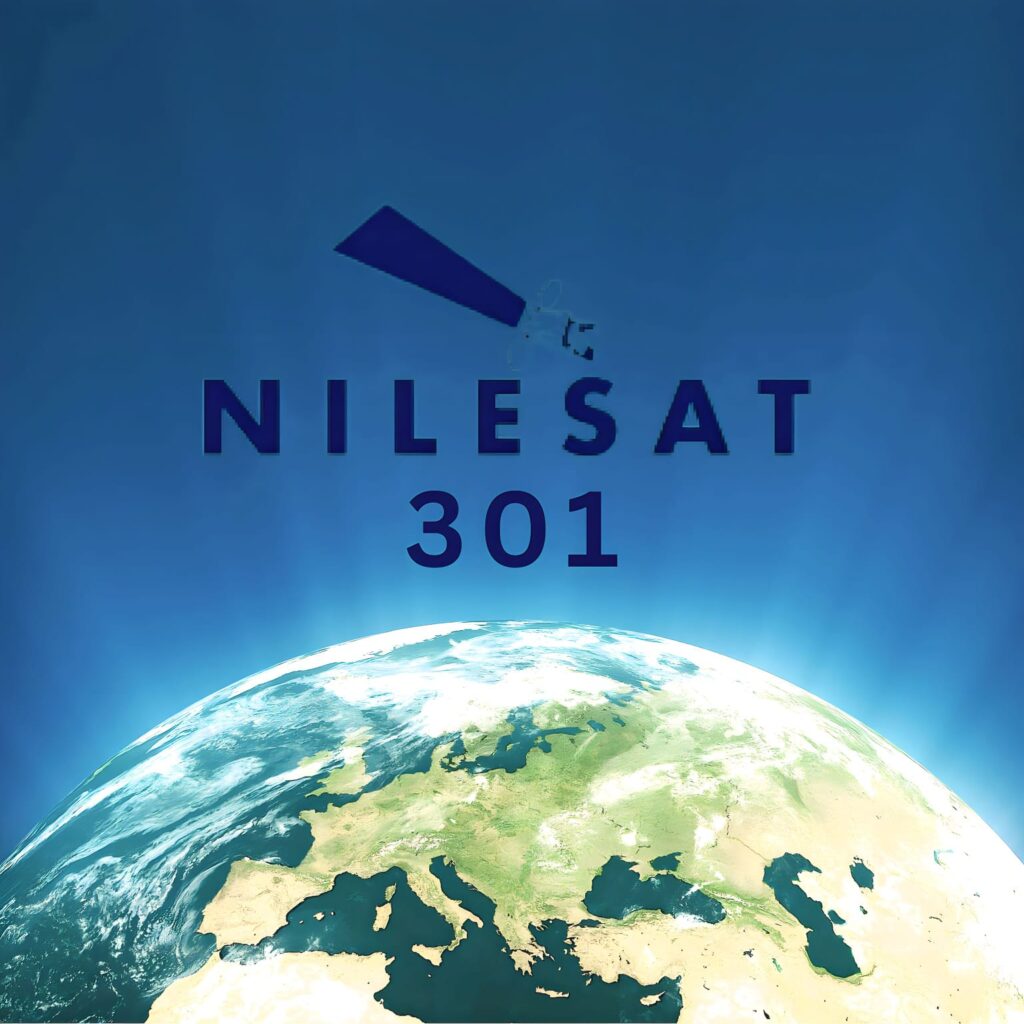The story of satellites is one of the most Significant and fascinating chapters in the history of science and technology. A satellite can be defined as any object that moves around a planet, and while the Moon is a natural satellite of Earth, humans have built artificial satellites to orbit our planet and even explore the wider universe. The discovery, development, and progress of satellites have completely transformed communication, navigation, defense, and scientific research. To fully appreciate this achievement, it is essential to look back at the beginning, trace the evolution, and understand the impact that satellites have on our modern world.
The Beginning: Sputnik and the Dawn of the Space Age
The modern history of satellites began in October 1957, when the Soviet Union launched Sputnik 1, the first artificial satellite. It was a small, simple object, weighing On the subject of 83 kilograms, but it carried an enormous significance. The beeping sound transmitted from Sputnik was not just a technical Reception; it represented a Recent era for humanity. For the first time, an object made by humans was successfully orbiting Earth.
This launch marked the start of the Space Race, a competition between the Soviet Union and the United States. Within months, the Americans responded with their own projects, launching Explorer 1 in January 1958. These early missions were basic by today’s standards, but they provided valuable data On the subject of Earth’s atmosphere, cosmic rays, and magnetic fields.
Growth and Expansion: The 1960s and 1970s
After the initial breakthrough, the development of satellites moved rapidly. In the 1960s, satellites began to be Employd for communication. The Telstar satellite, launched in 1962, allowed for the first live television broadcast across the Atlantic Ocean. This was a revolutionary moment becaEmploy it demonstrated the power of satellites to connect people in different parts of the world instantly.
Weather satellites such as TIROS-1 also appeared during this time, giving scientists the ability to monitor cloud patterns and predict storms. Navigation satellites followed, laying the groundwork for systems like GPS. In the 1970s, more advanced satellites were introduced for scientific research, astronomy, and defense purposes. Each decade brought more complex designs, greater reliability, and broader applications.
Technological Progress: From Simple Machines to Complex Systems
One of the most remarkable aspects of satellite history is the transition from small, limited machines to powerful, multifunctional systems. Early satellites could only transmit basic Receptions. Today’s satellites, however, can process enormous amounts of data, transmit high-speed internet, monitor environmental Alters, and even assist in disaster management.
Modern satellites are built using Powerfuler materials, smarter designs, and more efficient power systems. They are capable of surviving in extreme conditions, from intense radiation to freezing cold. Many satellites now Employ solar panels for energy and are equipped with advanced sensors and cameras. These improvements have allowed satellites to become essential tools for almost every aspect of modern life.
The Role of Satellites in Communication
Perhaps the most Significant contribution of satellites has been in the field of communication. Today, satellites carry television Receptions, phone calls, and internet connections across the globe. They allow remote regions to stay connected, enable live broadcasts of global events, and support international business.
Communication satellites orbit in geostationary positions, meaning they stay fixed above a specific point on Earth. This allows for continuous and reliable service. Without satellites, our modern system of instant communication would be impossible.
Satellites and Scientific Research
Beyond communication, satellites are also Employd for research and exploration. Earth observation satellites monitor deforestation, pollution, and climate Alter. They provide accurate data for scientists to analyze long-term environmental patterns. Weather satellites allow for better predictions of storms, hurricanes, and Different natural disasters, which helps save lives and property.
In astronomy, satellites such as the Hubble Space Telescope have given us breathtaking images of distant galaxies, stars, and planets. These satellites allow us to discover more On the subject of the universe and expand our understanding of space.
Satellites and Defense
Satellites also play a crucial role in national security and defense. Military satellites are Employd for surveillance, navigation, and communication. They help track missile launches, monitor borders, and guide military operations. While this Employ of satellites has created debates On the subject of privacy and security, it cannot be denied that they are now a vital part of modern defense systems.
Everyday Applications of Satellites
Many people do not realize how much they depFinish on satellites in their daily lives. Every time you Employ GPS to find directions, watch satellite television, or make an international call, you are relying on satellite technology. Even banking systems, shipping companies, and airlines Employ satellites to coordinate their operations. The integration of satellites into modern society is so complete that life without them would seem almost impossible.
The Future of Satellites
The future of satellites looks even more promising. Companies like SpaceX and ORecenteb are launching thousands of satellites to create global internet coverage. These networks, often called “mega-constellations,” will provide fast and reliable internet to even the most remote areas of the world.
Satellites are also being developed for space exploration. They will help us study Mars, asteroids, and Different planets. Some satellites are designed to search for habiList planets outside our solar system. As technology continues to evolve, satellites will become smaller, cheaper, and more powerful. Artificial intelligence and automation will further improve their efficiency and functionality.
Conclusion
From the small and simple Sputnik to today’s complex and powerful systems, the evolution of satellites has been nothing short of extraordinary. They have Alterd the way we communicate, explore, defFinish, and understand our world. As we look to the future, satellites will continue to shape the destiny of humanity, connecting people, advancing science, and opening doors to the unknown.
The story of satellites is not just On the subject of machines in the sky; it is On the subject of human curiosity, creativity, and the Finishless drive to explore. And as technology grows, satellites will remain at the heart of our progress, guiding us toward a more connected and informed future.





